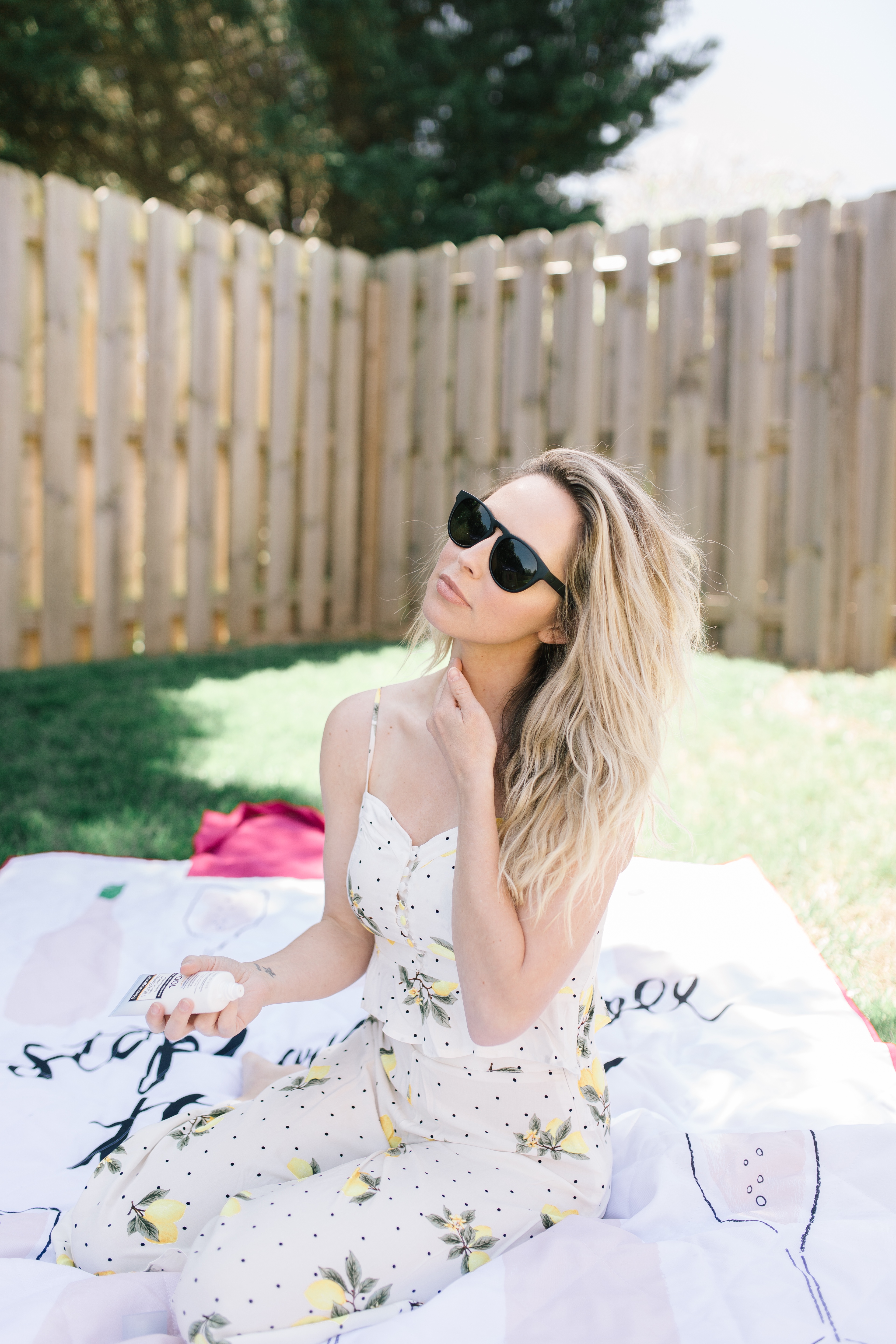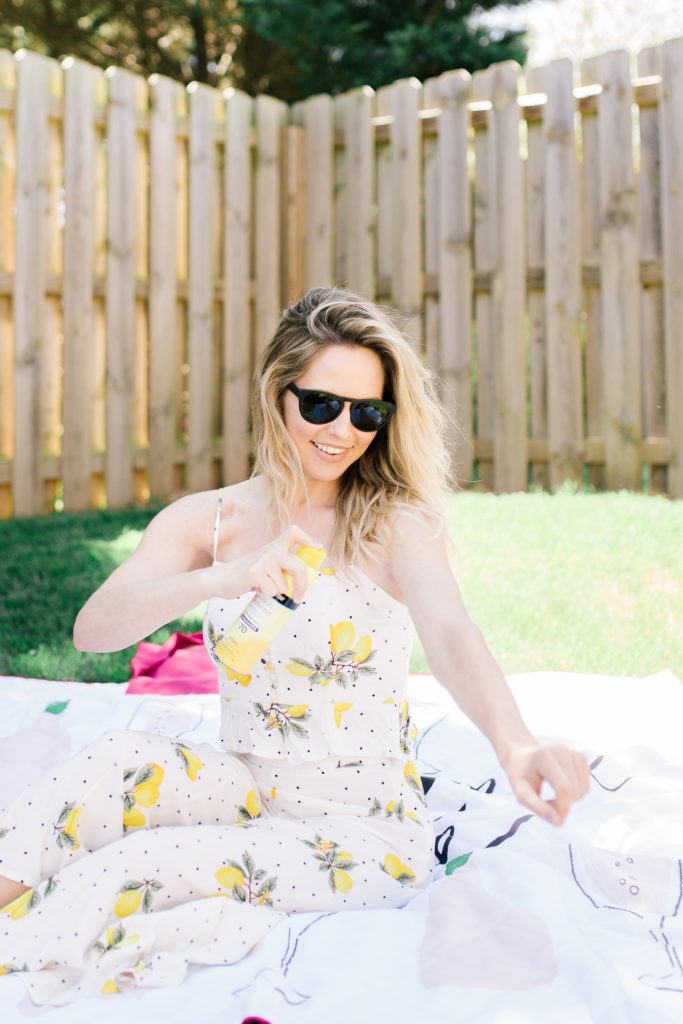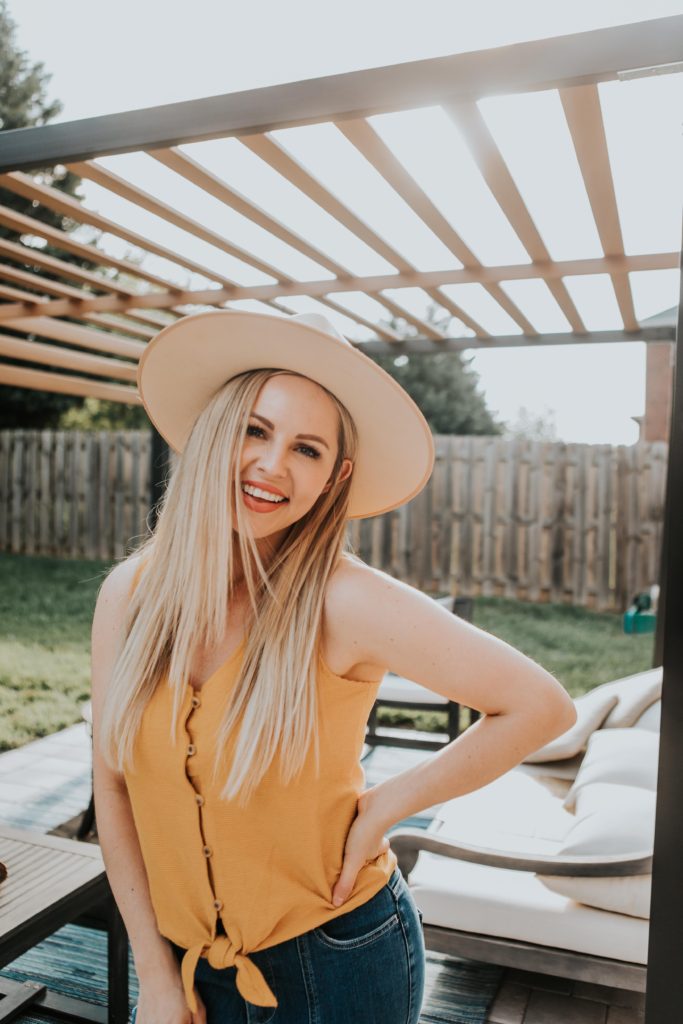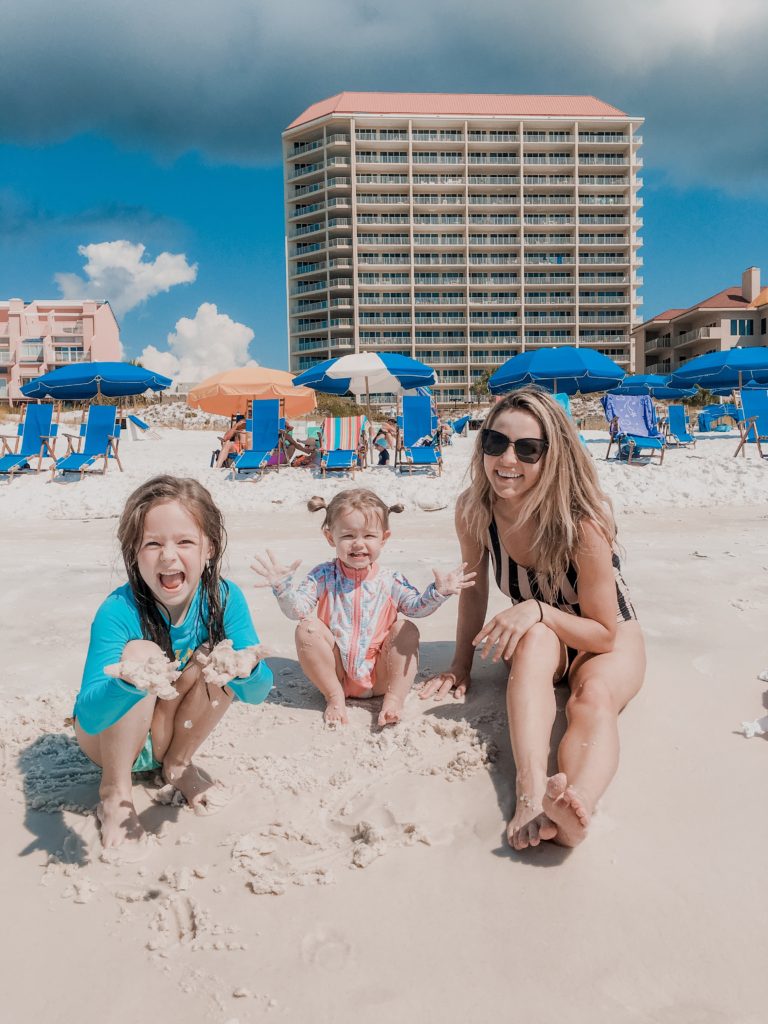

Suns out, guns out. And by guns, I mean sunscreen. Protect yourself. The sun’s harmful rays are no joke. The earlier you educate yourself on ‘safer’ sun tanning tips and the real dangers of sun exposure, the better.
For example, here is something that will surprise most people- sunscreen should be part of our daily routine. Yes, that is right- daily. 7 days a week. 365 days a year. It is a fact, the sun always rises, regardless if we can see the sun due to the weather or not- it is there. Meaning we are exposed to its harmful rays every day from sunrise to sunset.
To gain perspective on the sun’s strength, think about the fact the sun is the WORLD’S source of light. That is one big ass light bulb. And we are just a speck on this massive planet exposed to these powerful rays on a daily basis.
I am not trying to be Miss Doom and Gloom. But that should be red flag number one.
For most humans, with age comes enlightenment and wisdom. Ignorance is no longer bliss, it’s reality. Priorities change and our overall health becomes more of a priority, as we realize we are not immortal and are all going to physically age. And since we haven’t found the fountain of youth, it is each human’s sole responsibility to care for the body they inhabit.
One harsh reality is beauty and youth are fleeting. If there is any advice I wish I had listened to more as a pale young girl, it would be wear sunscreen daily and take care of your skin, especially as a female in a culture that puts so much value on vanity.
My generation grew up in the age of tanning bed as the “new” technology. Tanning beds made achieving that sun kissed look more instant. 10 to 20 minutes relaxing in an indoor tanning bed with air conditioning and all the amenities of home, as well as not getting sticky and sweaty; no beach required. We were all sold.
Back in the day, my friends and I were sun worshippers and fell victim to the superficial belief that bronzed skin equaled beauty. It was the popular beauty trend of the moment, that lasted over several decades and now will have lasting, potentially deadly, effects for my generation.
We believed the myth that tanning in moderation and avoiding bad sunburns was “safe tanning”. So, we slathered the coconut oil on and spent all day basking in the sun’s rays. We convinced ourselves if we did get a little sunburn will turn to a base tan and that’s a good thing.
It was ‘the more bronze the better’ era. Brittney Spears bronzed goddess body and “GTL” aka “gym, tan, laundry” were literal life in the 90s and early 2000s. Sunless tanning wasn’t very advanced. It was streaky, smelled awful and left you feeling more like a shade of Oompa Loompa. Plus nothing compared to the real sun-kissed look.
Although, much of that mentality has changed over the years, what hasn’t changed is the how getting a sun-kissed glow creates a sense of euphoria.
There is something to be said about the fact that being in the sun is subconsciously addicting. The sun boosts our levels of serotonin, that “happy” chemical that helps boost our mood and is proven to help alleviate anxiety and depression. Sun exposure also increases our Vitamin D, which is good for bones, teeth and skin. Not to mention, when we have tanned skin, we appear more toned, our skin blemishes seem to clear, our hair seems to look more naturally highlighted and our teeth appear more white.
But with all the “feel good” side effects of sun-bathing the negative, long-term effects far outweigh any positives. These negative effects from sun exposure include: premature skin aging, eye damage, dehydration, immune system suppression, sunburn or sun-poisoning as well as worse case scenario skin cancers such as melanoma. Scary stuff.
Thank God this is the age of the social media filters and photoshop to erase the sun spots and wrinkles from years of sun damage. Unfortunately, they can’t erase the more deadly damage like skin cancer, which is currently be diagnosed at an unsettling rate. I read a statistic in a Healthline.com article that 9,500 cases of skin cancer are diagnosed each day, that is 3.5 million a year. Skin cancer cases are diagnosed more than all other forms of cancers combined.


Unfortunately, I can’t turn back the hands of time or change my reckless past of sun exposure. However, regardless of age, it is never too late to START educating yourself about the truths regarding sun exposure and ‘safer tanning’ practices.
I say ‘safer’ tanning practices rather than safe because NO TANNING IS SAFE. But we can take protective measures to be able to enjoy the sun while protecting our skin. It is important to note that even with sunscreen, sun tanning is not risk free. Also, darker skinned individuals are at risk of sunburn and skin cancer because even without burning the sun is doing damage.

The following is a list of ways to help practice ‘safer tanning’ that I have found helpful:
“Safer” Sun Tanning Tips
- Always AVOID indoor tanning beds. Tanning beds are classified as a carcinogen. They emit 3x more intense UVA rays than natural UVA rays from given off from the sun; and emit little to no UVB rays, which are the rays that stimulate Vitamin D.
- Faux your glow. Spray tanning has come a long way. There are many varieties that look natural and don’t leave you looking orange or streaky if applied in the right manner. However, just know this fake glow doesn’t provide any real protection. Here is a list of some of the best fake tan products according to Cosmopolitan. A “fake tan” is an awesome way to ease the stress of the first pool day pale panic or bikini reveal blues.
- Don’t just buy a ‘SPF’ lotion. Look for ‘Broad Spectrum SPF’ or an ‘SPF’ lotion with the UVA logo plus the word high. Use SPF 30 or SPF 50. They filter 97-98% of the UVB rays. If you are South Indian or African American, use SPF 15. Buy and WEAR the correct sunscreen. Reapplying every 2 hours or after you get wet (I’m really bad at this…ugh I’m going to get better)
- Prolonged sun exposure doesn’t equal a darker, better tan. Skin does reach a tanning cutoff, where we can’t physically produce any more melanin (tanning pigment). Everyone’s melanin levels vary. Fairer skin has less melanin. 2-3 consecutive hours is the max amount of time one’s body can produce melanin; again that time allotment varies by skin tone and is far less time for fair skinned individuals.
- Seek shade breaks. Taking breaks to reduce the UV intensity as well as sunburn risk helps with longer lasting and healthier tans. Keeping skin moisturized and hydrated also keeps get a healthier tan. This fact rained on my parade a little because drinking alcohol on the lake or at the pool are one of my favorite ways to relax but alcohol only dehydrates you. So virgin margaritas poolside it is…and Tequila shots at home to follow.
- Swap tan accelerating lotions for supplements. Tan accelerator lotions are a hoax. BS. Fake news. NOTHING you apply to your skin can actually improve the production of melanin (skin’s protective dark pigment). BUT…taking a daily 25 mg beta-caretone supplement boosts skin’s natural defense against UV rays by improving your ability to tan. *Please note, you still need to wear sunscreen no matter how dark your skin may appear with the supplement.
- Eat sun friendly foods. Certain foods are known to increase lycopene, the skin’s own SPF. This is an antioxidant found in tomatoes or other red/orange fruits and vegetables, best found in tomato paste, can boost sun production by 33%. One dermatologist is a fan on the antioxidant group called polyphenols found in Green Tea to help with sun protection. Dark chocolate is packed with flavonoids that can help protect against sunburn, and caffeine is thought to cut your skin cancer risk. Dark chocolate and caffeine- I got down. Tomato paste, I’ll work on.
Additionally, prepping your skin by exfoliating and using aloe vera gel will help a tan last longer. Wearing hats and sunglasses like you are Hollywood chic is another way to limit your sun exposure.
Sure, we all feel better with a little summer glow and sun-kissed cheeks, and being diligent about skin care while sun tanning can be a pain, and for some of us really pale sisters raised to believe the darker the tan the better (ahem, me) this can be a hard pill to swallow; but just ask yourself- where on the healthy skin spectrum do I want to fall? The extreme ends being any of the Real Housewives or the old lady from ‘There’s Something About Mary”. I think I’ll aim to fall on the spectrum next to Nicole Kidman, Snow White in the flesh, and take the extra steps to be skin aware and precautious when exposed to the sun. Ain’t no tan worth dying for…

Do you have any extra “safer” sun tanning tips? Let me know in a comment below!

